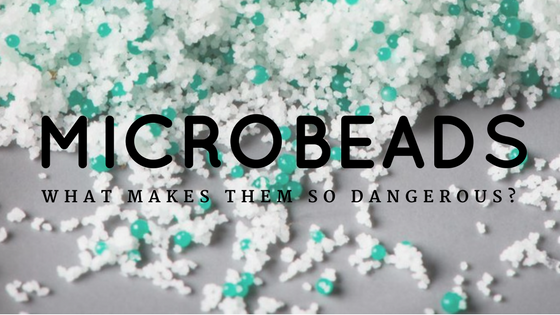 Microbeads are the tiny particles that can be found in several personal care and cleansing products, such as toothpastes, soaps, face washes, body soaps, etc. These plastic particles were made by John Ugelstad in 1976 for medical purposes, however they are being used by a large number of industries. These particles are small yet very harmful and damage-causing to the environment. Their small size allows them to pass through wastewater treatment plants, and thus they find their way to rivers, and oceans. This causes serious damage to the environment, as well as wildlife. Therefore, to address this issue, use of microbeads have been banned.
Microbeads are the tiny particles that can be found in several personal care and cleansing products, such as toothpastes, soaps, face washes, body soaps, etc. These plastic particles were made by John Ugelstad in 1976 for medical purposes, however they are being used by a large number of industries. These particles are small yet very harmful and damage-causing to the environment. Their small size allows them to pass through wastewater treatment plants, and thus they find their way to rivers, and oceans. This causes serious damage to the environment, as well as wildlife. Therefore, to address this issue, use of microbeads have been banned.
Why Can’t Microbeads be Treated?
There are typically two processes in wastewater treatment – primary and secondary.
- Primary Process: Microbeads are generally made from polyethylene. This material is not heavy enough to settle at the bottom of water during the treatment process. Furthermore, it is not light enough to float at the top of the water. Thus, it is not possible to remove the microbeads at the primary treatment settling process.
- Secondary Process: Microbeads cannot be removed even by the secondary treatment process. Why? Here are the reasons:
- These tiny particle are not that small to get attracted by the charges put out by microorganisms as they start growing. Thus, it does not allow them to become a part of the solids. As a result, they cannot be removed at the end of the step.
- Microbeads are not eaten by the microorganisms as they are not a source of food like other remaining solids.
Therefore, the microbeads are not treated and this allows them to pass through the treatment plant, and then to oceans, thus polluting them.
How are these Tiny Particles Dangerous?
Microbeads are harmful to both, the humans, as well as the environment. How? Read on to know:
- According to 5 Gyres (an organization, which is trying its best to put a ban on the production of microbeads), a bottle of scrub is capable of carrying near about 300,000 microbeads. As said earlier, their small size makes it impossible for several water treatment systems to filter them. Thus, they go on and mix with the ocean water. As said 300,000 microbeads are contained in just one scrub bottle, just imagine the amount of microbeads added to the water every day by thousands and lakhs of people using them. The math sounds terrifying, doesn’t it?
- Another important thing that should be noted by the industries producing products containing microbeads is that though they are small in size, microbeads have a great surface area by volume. Thus, dangerous molecules get a lot of space to attach themselves. Most of the times, it does happen that microbeads may have pollutant concentrations more than that of surrounding water by several times. The microplastics are unknowingly consumed by marine animals. These beads go on accumulating in the animal tissues. The concentration of these beads goes on increasing as they get transferred in the higher orders of the food chain.
It is therefore advisable to stop using products containing such harmful particles. The choice you make today is going to make the world more greener and pollution-free tomorrow. Several manufacturers have already got the message and have started acting over it by producing products with 0% microbeads.
